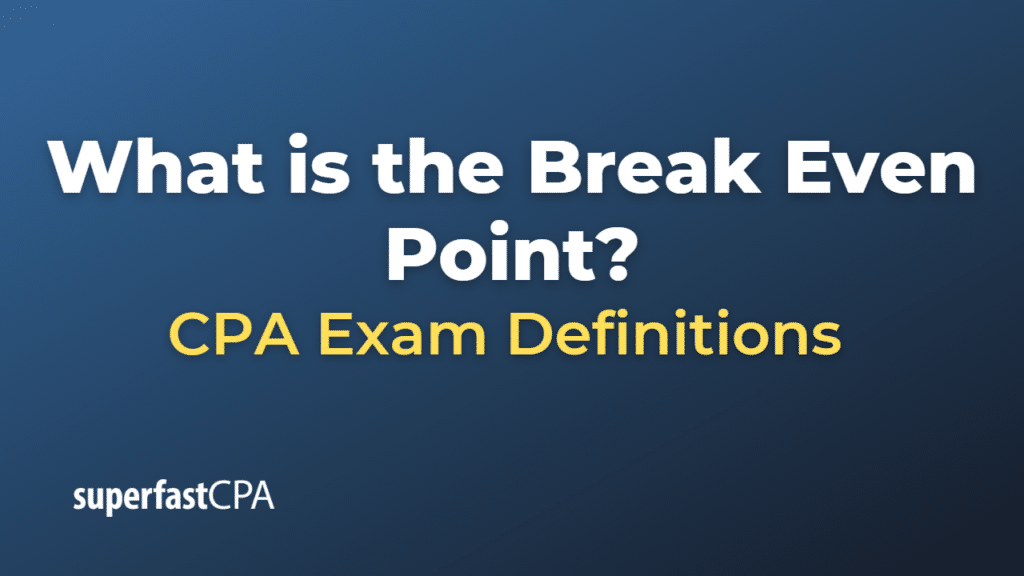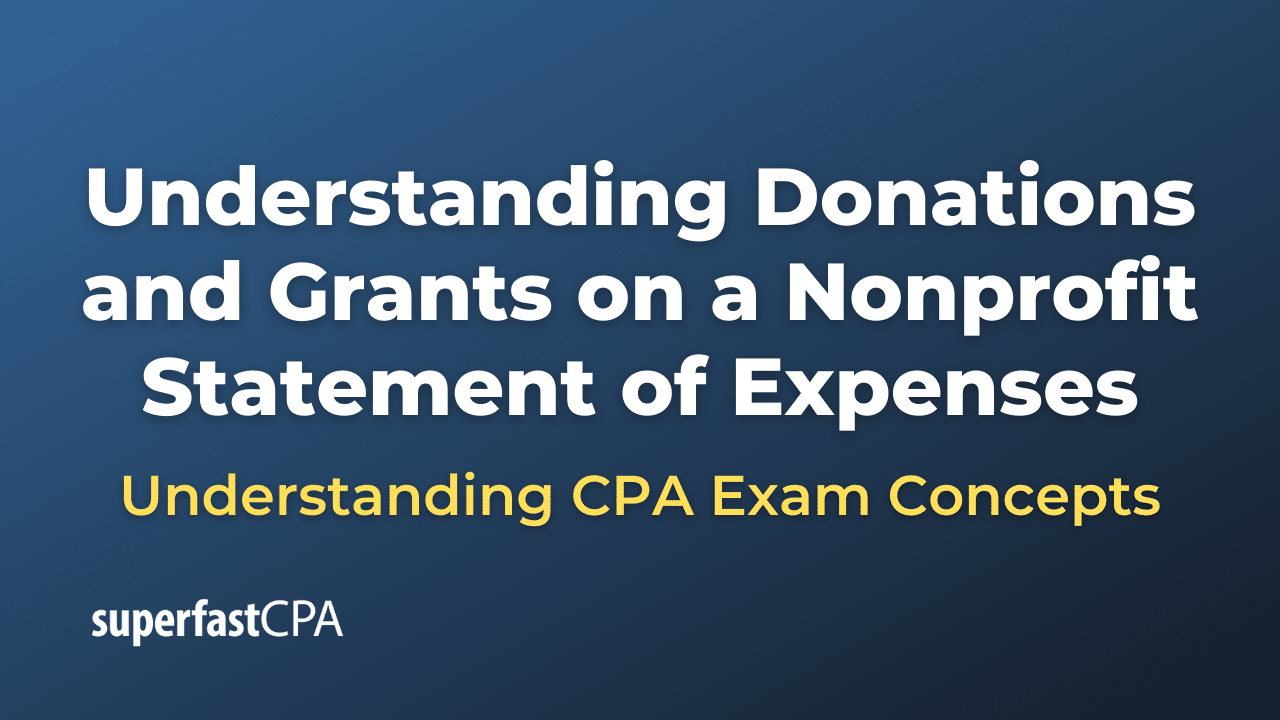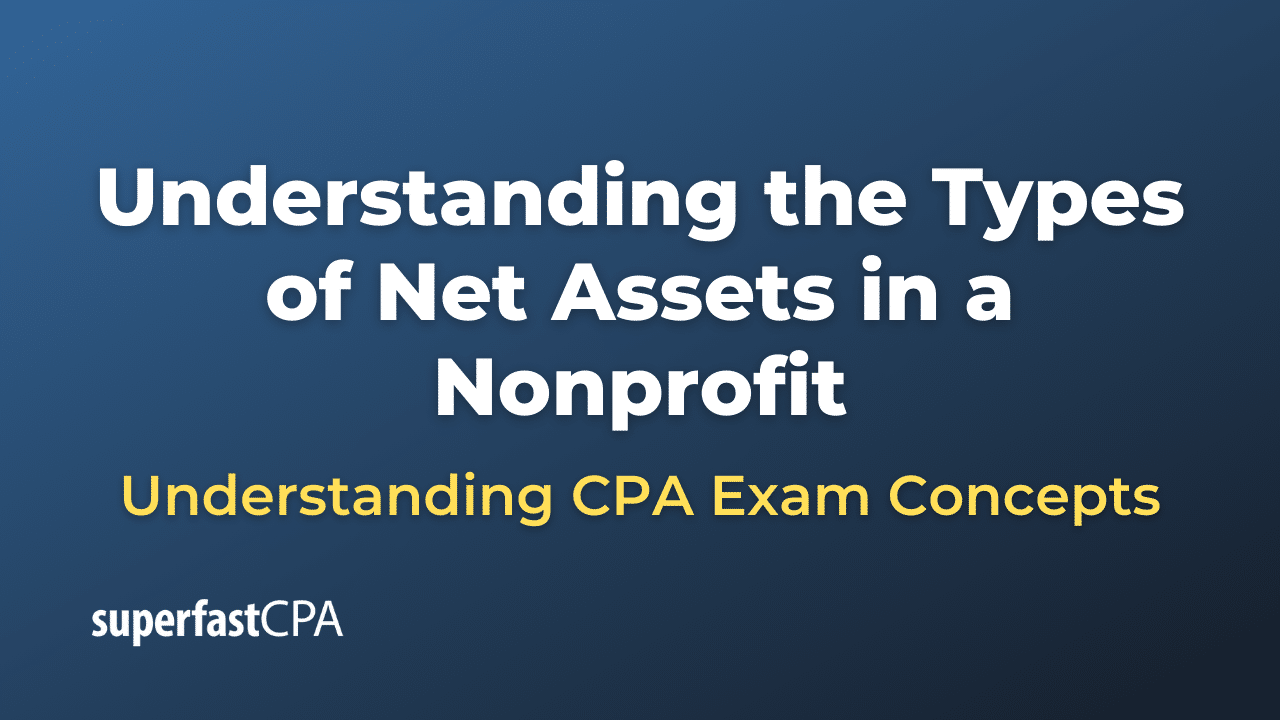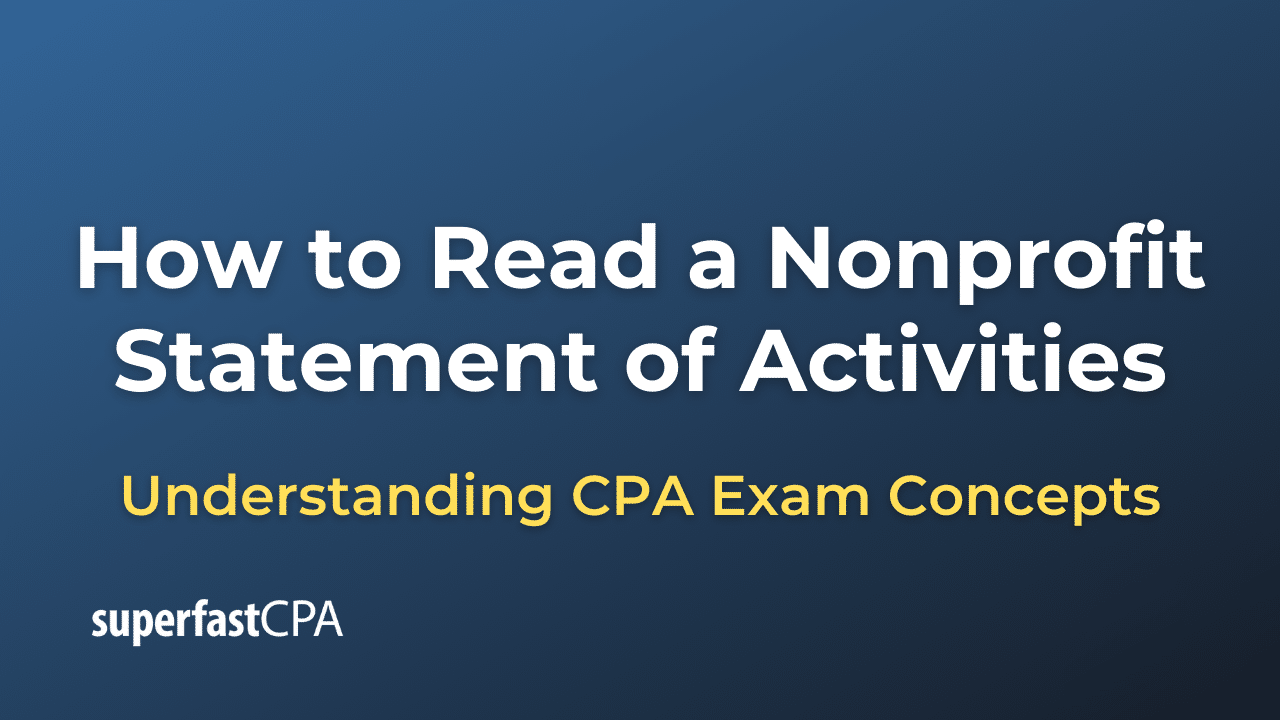Break Even Point
The break-even point is a financial concept that represents the level of sales or production at which a business’s total revenues equal its total costs. At the break-even point, the business neither makes a profit nor incurs a loss. This concept is crucial for businesses to understand their financial performance, pricing strategies, and cost structures, as well as to make informed decisions about profitability, growth, and risk management.
The break-even point can be calculated using the following formula:
Break-Even Point (in units) = Fixed Costs / (Selling Price per Unit – Variable Cost per Unit)
Where:
- Fixed Costs are the expenses that remain constant regardless of the level of production or sales, such as rent, insurance, and salaries.
- Selling Price per Unit is the price at which each unit of a product or service is sold.
- Variable Cost per Unit represents the expenses that vary directly with the level of production or sales, such as raw materials, labor, and packaging.
By understanding the break-even point, businesses can determine the minimum sales volume required to cover their costs and make informed decisions about pricing, production levels, and cost reduction strategies to improve their profitability.
Example of the Break Even Point
Let’s consider a fictional company, Custom T-Shirts Inc., which prints and sells custom-designed t-shirts. They want to perform a break-even analysis to determine the number of t-shirts they need to sell to cover their costs.
The following information is available for Custom T-Shirts Inc.:
- Fixed costs: $10,000 per month (includes rent, equipment lease, insurance, etc.)
- Variable costs: $8 per t-shirt (includes blank t-shirts, ink, labor, etc.)
- Selling price: $20 per t-shirt
Using the break-even point formula:
Break-Even Point (in units) = Fixed Costs / (Selling Price per Unit – Variable Cost per Unit)
We can plug in the values:
Break-Even Point (in units) = $10,000 / ($20 – $8)
Break-Even Point (in units) = $10,000 / $12
Break-Even Point (in units) = 833.33 t-shirts
Since it’s not possible to sell a fraction of a t-shirt, Custom T-Shirts Inc. needs to sell 834 t-shirts to cover its fixed and variable costs and reach the break-even point. Any sales beyond 834 t-shirts will result in a profit, while sales below this level will result in a loss.
Understanding the break-even point allows Custom T-Shirts Inc. to make informed decisions about pricing, production levels, and marketing strategies. For example, if the company wants to increase its profit margin, it could consider raising the selling price, reducing variable costs, or finding ways to lower fixed costs. Additionally, the break-even analysis can help the company set sales targets and evaluate the feasibility of new product launches or expansion plans.














